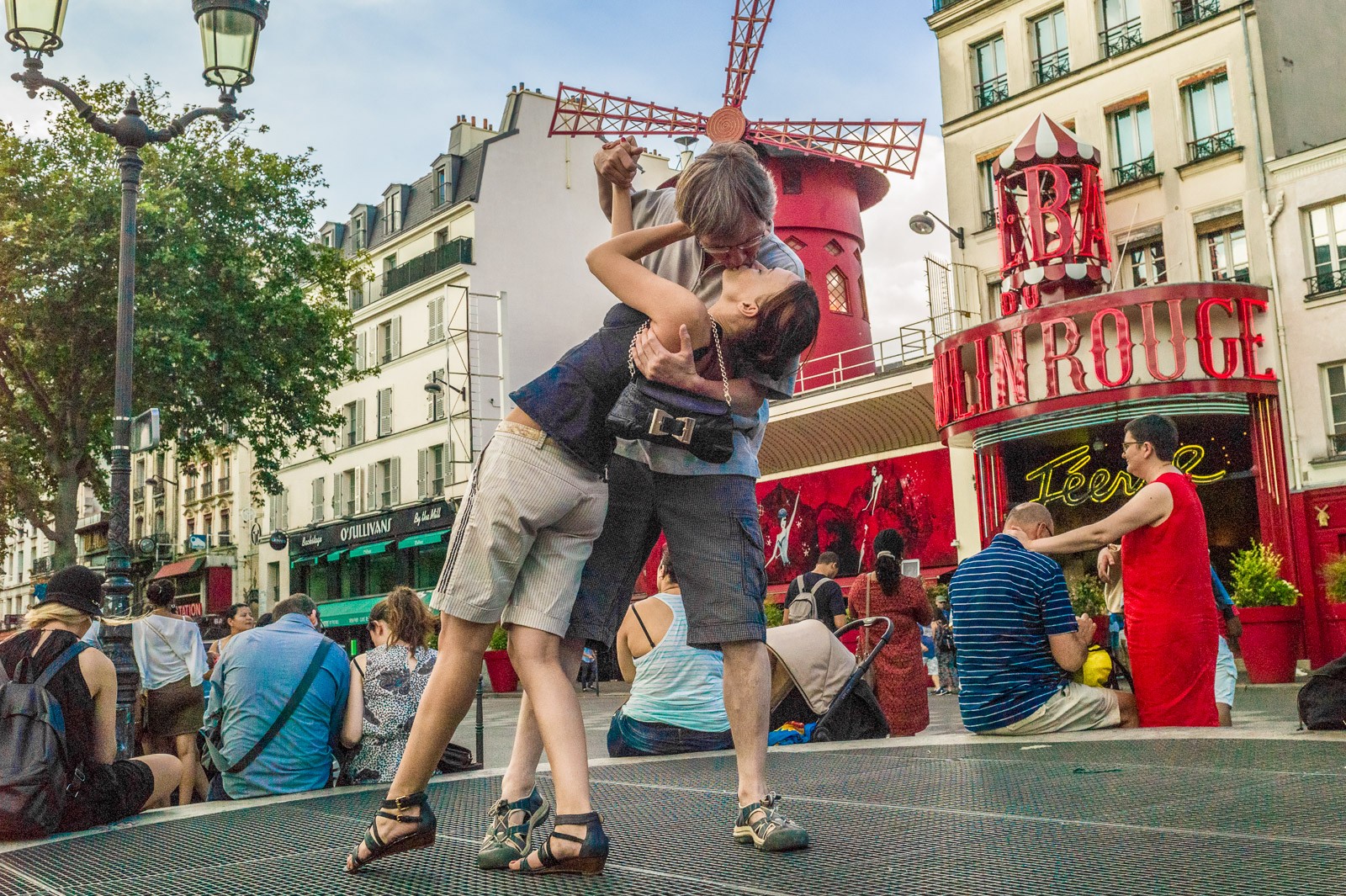Foreword
To see Paris and die… This is how our ancestors expressed their awe with the capital of France. Naturally, nobody was planning to die. Instead we decided not only to see Paris, but also photograph it, which turned out to be not an easy task. The fact that it has been photographed before by millions is severe enough, yet, what is even more devastating, it has been photographed by the best of the best. Every corner in this town has been immortalized by some serious dude, like Richard Avedon, Robert Doisneau, or even Henri Cartier-Bresson himself. That is why every self-respecting photographer, whether an amateur, or professional, understands with whom he or she crosses swords.

Not a bit less important that every master photographed his own Paris, and together they created a myth, which ended up being so far away from reality that trying to use their work to get a clear idea of what Paris really looks like is a totally losing proposition. This is, however, quite natural. Photography, despite its ability to show reality in its most minute detail, is 100% subjective, because we take pictures of what we see, and we see what we know. Since every one of us knows something that nobody else does, our pictures come out rather unique. Actually, this is the very reason why we should not despond when looking at masterpieces of, say, Ellion Erwitt: there is always a chance that you know something that he had no clue about.
So… All participants of our five-day escapade understood perfectly how difficult is the task before them, yet, remembering uniqueness of their own knowledge and experiences, were not afraid a single bit. Instead, they could not wait to get in this fight. To make the odds even and life a little bit more difficult, we decided play a game of interpreting reality using a simple rule “In for a penny, in for a pound”. Simple rules of this game were as follows:
- The city was divided into sectors
- Each day consisted of 3-4 blocks, 1-2 hours each. Break between blocks were to be used to move between scheduled sectors.
- Participants themselves come up with themes and publicly announced them. Consequently, they could take pictures only within their themes.
- No group shooting, no setups. Collective art was not allowed, as everyone was supposed to have her or his own Paris.
- During evening blamestorming sessions, off-topic photos were not considered for discussion.
Alsг, we played a game of collective creation of alternative reality with no rules at all. This topic will be covered in one of later posts.
Parises, all so different…
We decided to have our first warm-up shoot on the embankment of Seine River where all tourists buy trinkets from stall-holders. What we found really interesting, those booksellers’ stalls are protected as cultural heritage, they are all regularly painted green and assigned unique numbers.

Summers are hot in Paris, and people end to congregate near water. Parisians are rather money conscious, which makes them prefer breakfast on the grass so immortalized and gloryfied by impressionists. During lunch time, office workers rush to Siene where they make use of foodstuffs brought from home. Upon successful consumption of provisions, they wallow right there, slowly digesting the eaten.

Who did not fancy Seine, go to fountains of all sizes (including drinking fountains, of course) and vending machines selling Coke and competing products of Pepsico, Inc. It seemed to us that drinking from fountains was not a good idea, as near almost every one of them we saw bodies laying motionless on the grass. That certainly could be simply a correlation, but there was no evidence of absence of causation either…

Paris aborigines are not afraid of local water being grown with it since birth. British scientists call it an intelligent word “immunity”.
Upon watching and photographing eating Parisians to our hearts’ content, we moved on to Champ de Mars, because you know what’s there: Eiffel Tower. In reality, it is not just one Tower, but a multitude of Eiffel Towers of different sizes and colors. Apparently, now Eiffel Towers are made in China, and sullen Africans litter Parisian streets and boulevards with them. Trocadero Square especially suffered: there are so many Eiffel Towers there that for a decent person there is literally no place to set a foot. Although, an indecent person will not find the place to set his foot either.

Вообще, вокруг башни люди ведут себя очень странно, особенно девушки. Они постоянно замирают в дурацких позах и заглядывают в телефоны, усердно крутя головами и вытягивая губы в беззвучном “пю”. Время от времени они отбиваются от итальянских напёрсточников и африканцев, настойчиво предлагающих приобрести пару-тройку эйфелевых башень, и продолжают фотографировать себяшки в Инстаграм.

Tourists, dwarf-eiffel-tower-peddlers and timbleriggers are swarming around the Eiffel Tower, while real Parisians lead a much more laid-back lifestyle. They chiefly loll about on lawns, eat home-made sandwiches and furrow limitless expanse of Internet with their mobile devices. Tourists, in turn, use their mobiles to take selfies with the Tower. Therefore, when you see a person laying on the grass and holding a french baguette in one hand, and an iPhone in another, you can assume with a high degree of confidence that this is a real Parisian.

If you see someone staring at their mobile while sitting on a bench, especially with his whole family, do not try to speak French to him. If you want to get a local advice, dig deeper.

You must be logged in to post a comment.